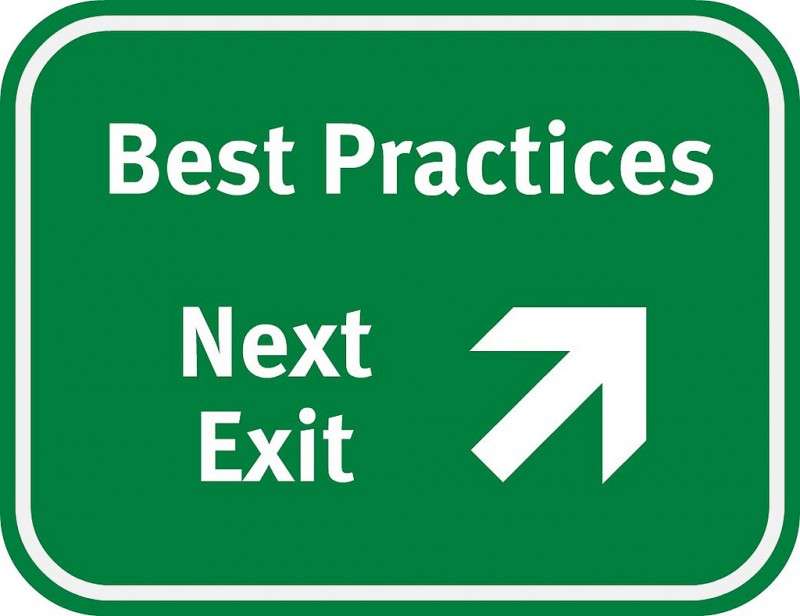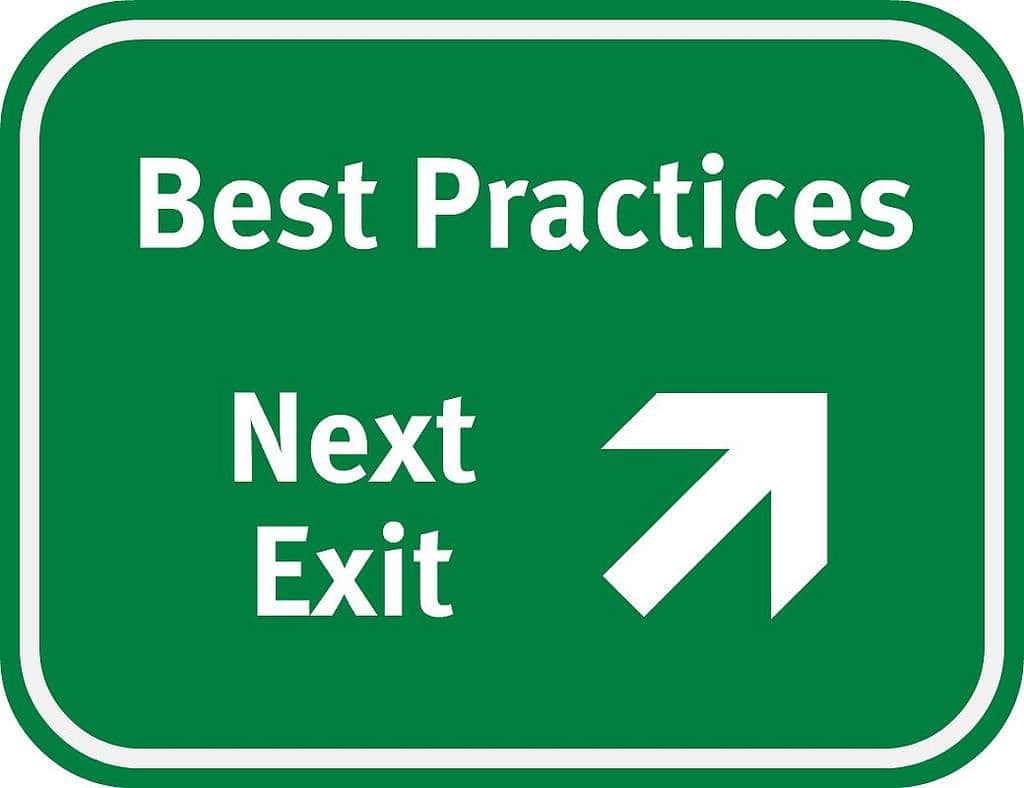-
Avoiding Purchasing Pitfalls: Procurement Management Practices
The success and effectiveness of most departments in your company rely on your procurement management strategy. This holds true no matter what type of business you’re in. Manufacturers need to ensure that they have enough inventory to produce at expected and peak volumes. And service providers need to manage their ongoing expenses and overhead with predictable expenditures.
Purchase order software is an incredibly important consideration in the procurement process for both small businesses and large organizations. But it’s not the whole story. Before you make an investment in purchasing software there are steps you need to take internally. Taking steps to review process improvements that your company can make will help you better understand your purchasing process at every level. And that will help make your new purchasing automation software even more effective.

Empower Key Decision Makers
It’s important to establish a hierarchy and a high-level review procedure within your organization. You should have a designated group of key decision makers in charge of defining all your procurement management policies. This group is sometimes referred to as a “supply chain council.”
Make sure you include representatives from corporate as well as from relevant departments or field offices on your supply chain council. You don’t want the council to get too big. But it is important to make sure all the departments directly affected by your procurement policies are represented.
Review Procurement Process
You’ll want to review your procurement process from beginning to end before you even begin looking for a software provider. Having a clear vision will enable you to make an educated decision in selecting an automated purchase order system.
Reviewing your current process will also help you avoid the most common mistakes that companies make when implementing new e-Procurement solutions. It’s vital that you have a clear vision for what you want your new procurement process to look like before you purchase automation software.
Consolidate Suppliers
Separate offices within your organization shouldn’t have to order from multiple supply companies or technology providers. It’s much more efficient to develop a system that consolidates purchasing for your entire company. When you’re purchasing from a smaller number of vendors and/or placing larger orders, it’s easier for you to negotiate better terms and prices. And that will save your business money.
Once you’ve taken steps to consolidate your suppliers, a purchase order software system will help you take full advantage of the deals you’ve negotiated. You can set the software to automatically restrict purchasing for certain items to the vendors that you have an agreement with. That’ll help curtail maverick spending and help you maintain a good relationship with your suppliers.
Examine Your Supply Chain
There are several different ways you can approach supply chain management. Some companies focus on a lean management strategy to reduce costs and waste. Others prioritize a more adaptable strategy called agile supply chain management. But for many companies, a hybrid between the two options is the best choice.
Before you implement a new purchasing software solution, it’s a good idea to examine your supply chain management and see if there’s anything you’d like to change and improve. Once you decide on a supply chain strategy, your purchase order system will help keep things running smoothly.
Create An Item Catalog
Item catalogs let you keep track of items that your company has approved for purchase. Creating and maintaining a list of approved items is essential to improving procurement management. This is important in any purchasing system and it will also help when you’re ready to configure new purchasing software.
Make sure the e-Procurement solution you purchase supports item catalogs. You’ll also want your new software to support punch-out catalogs, a feature that makes procurement systems more user-friendly. Item catalogs and punch-out catalogs will work together to improve your procurement management practices.
Balance The Workload.
While it’s tempting try and streamline all purchasing approval through one central approver, that’s not a scalable management practice. You’ll want to delegate authority to make and approve purchases, making sure that your key purchasing decision makers are kept in the loop. And you also need to make sure this approval process won’t bog-down the purchasing system.
Your approval policy will be easy to implement once you start using purchasing software. An e-Procurement solution enables remote approvals, which means the people with authority to approve purchases can do so on-the-go. You can also set the system to automatically send approval reminders if need be.
Establish Clear Rules
Set your rules and stick to them. Maybe you want to require a purchase order based on the total cost of the expense or have different approval processes for the various types of purchases you make. Whatever procurement process you determine, clearly define the rules and provide these to employees as part of their training.
When you consider purchase order software, make sure that it can enforce your policies effectively. The best e-Procurement systems are flexible enough to let you adapt the solution to fit your business’ needs and enforce your customized policies.
Reviewing your internal policies before implementing an e-Procurement solution gives you the opportunity to retrain employees and vendors to work within your new procedures. The review will also supply new insight into purchasing information, which will help your management team make better budgeting decisions and encourage the procurement department to streamline suppliers with favorable pricing agreements or terms.
Once you’ve revised your purchasing policy, spread the workload, and laid the foundation for transparent, efficient practices, that will make it much easier to select and implement a purchase order software solution. If you’re ready to explore purchase order software and its impact on policy improvement, contact NextProcess today.
